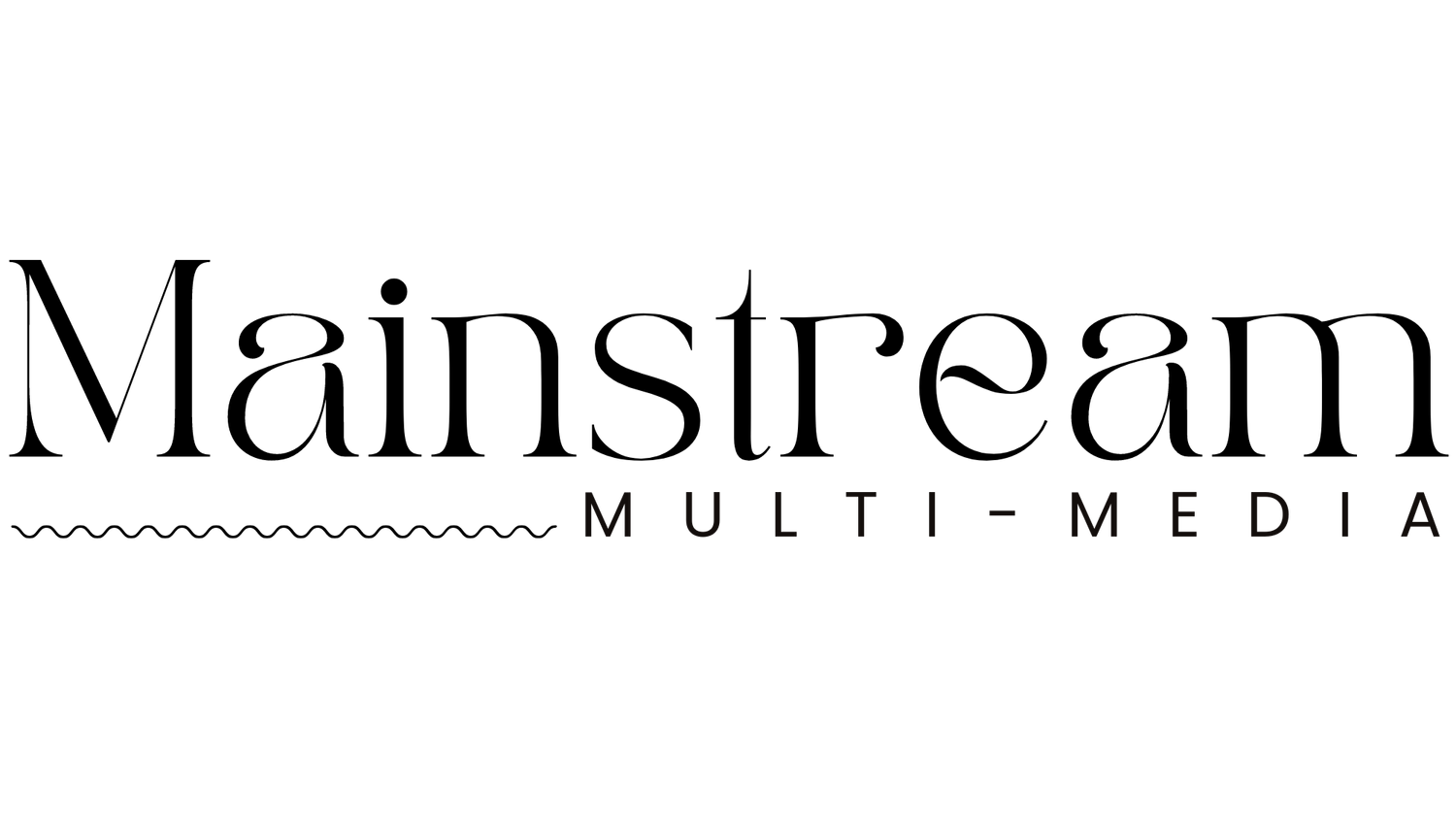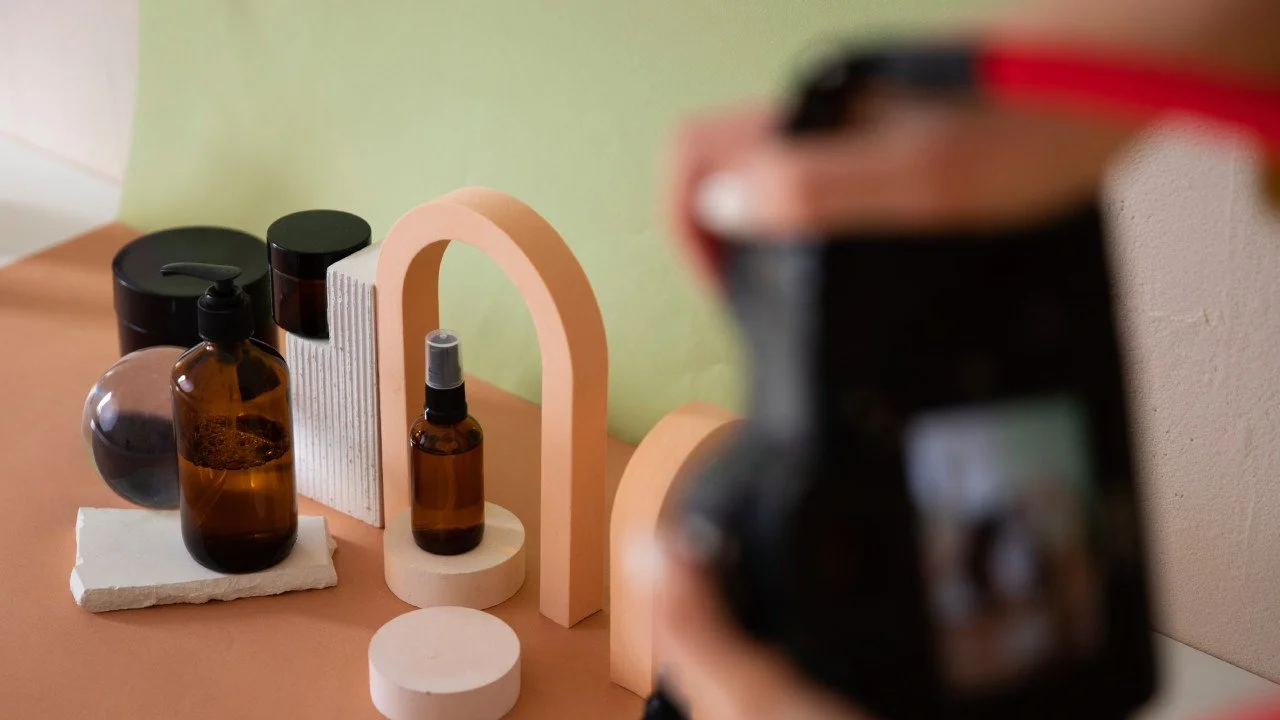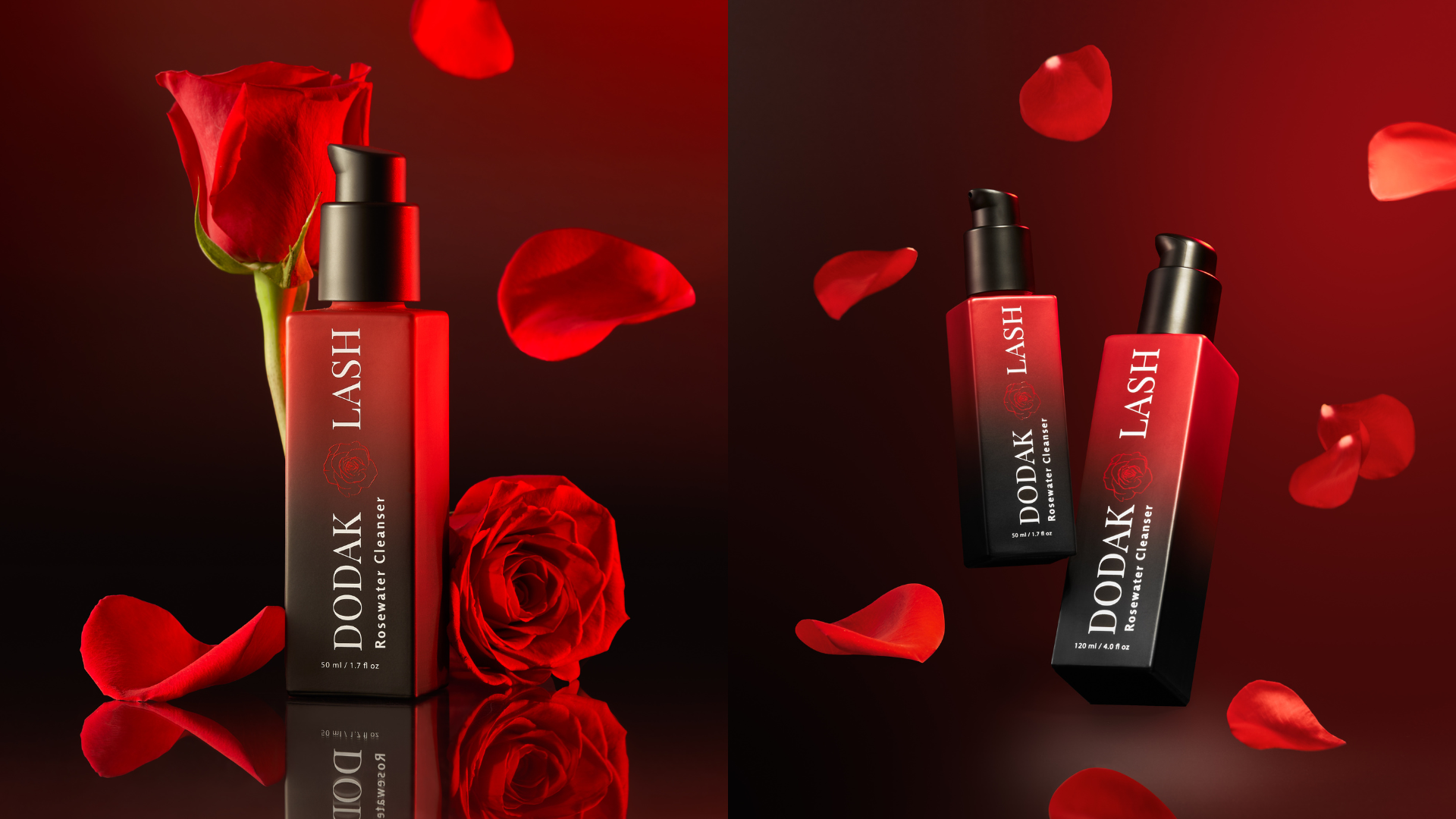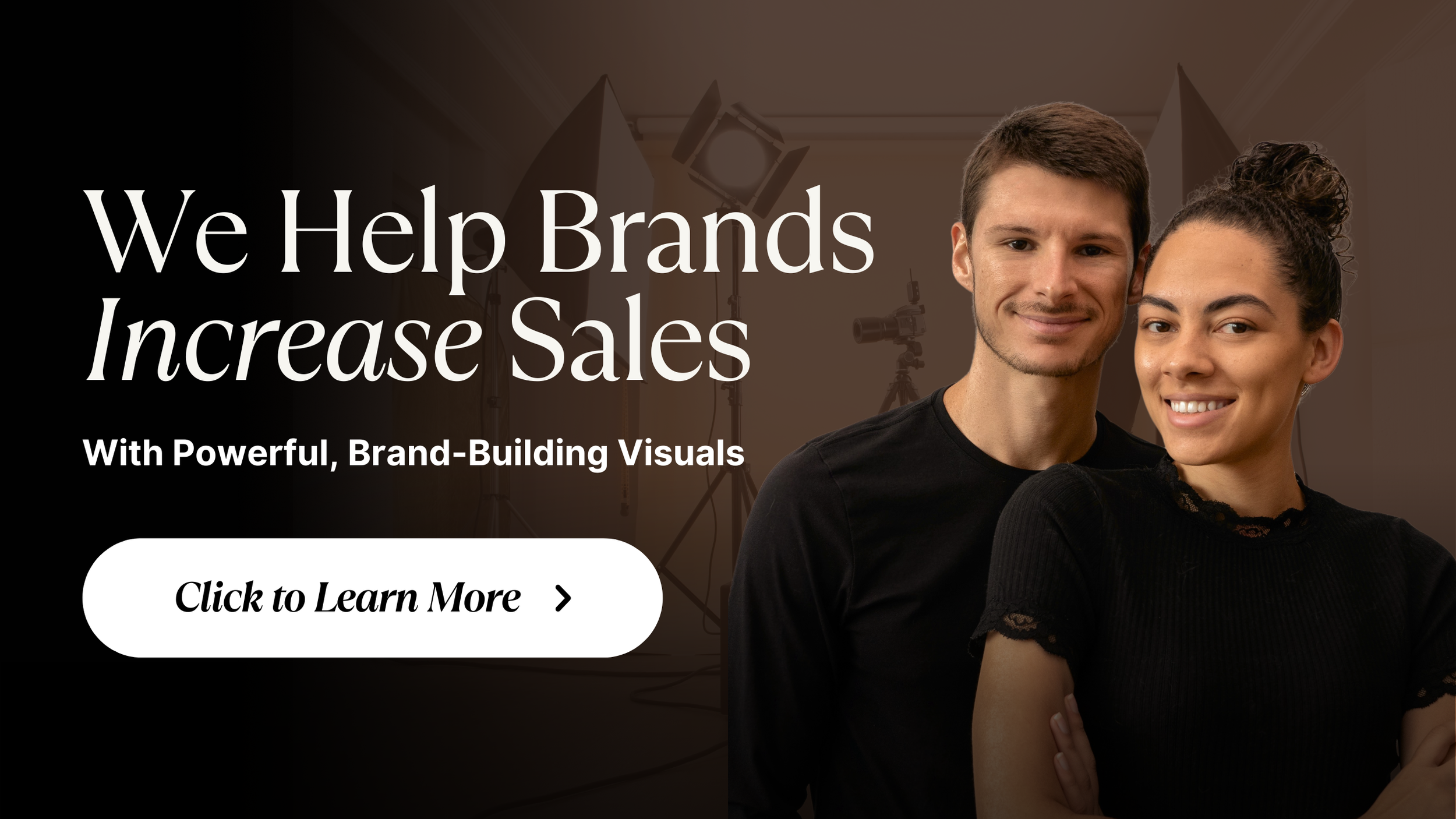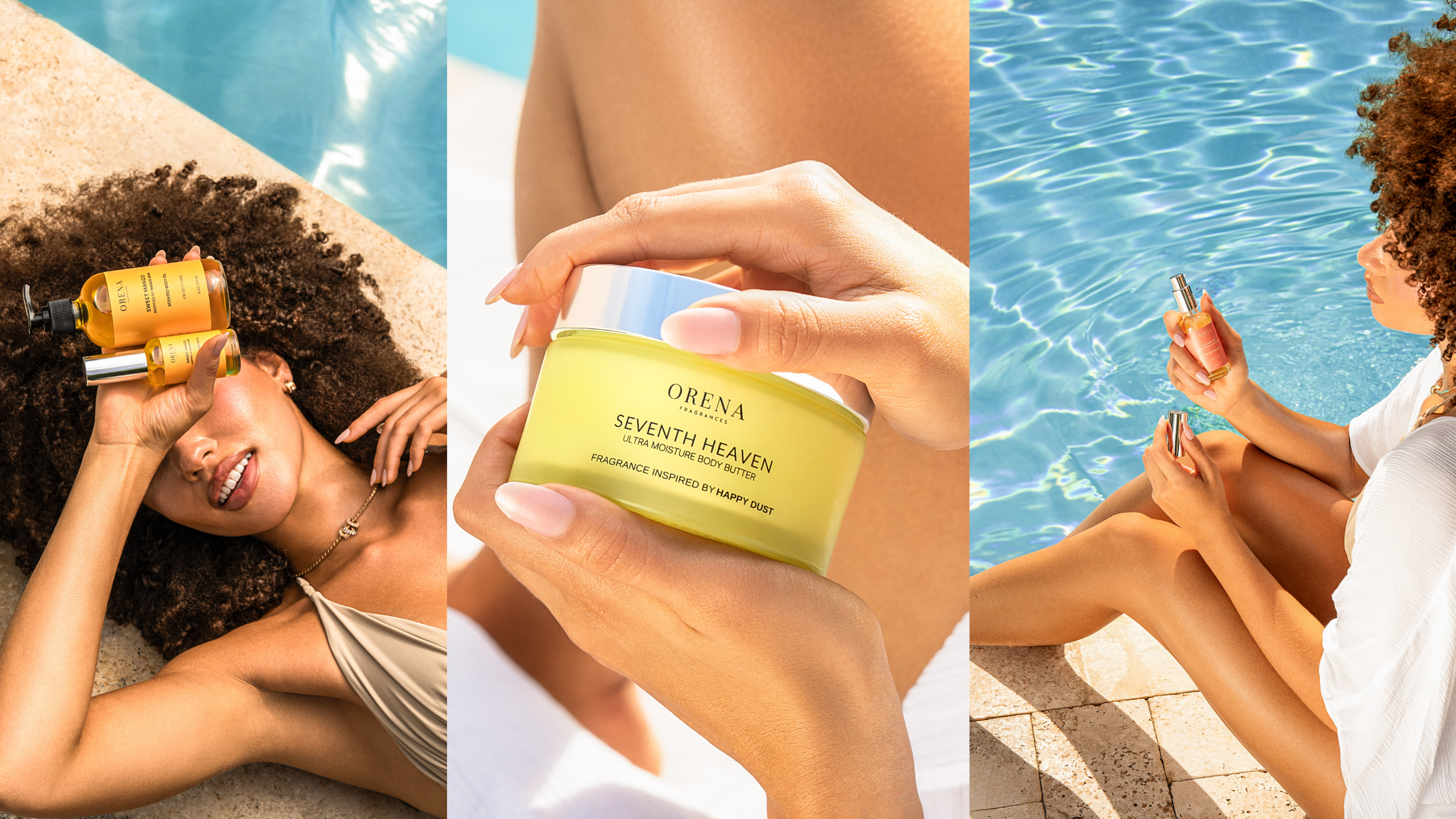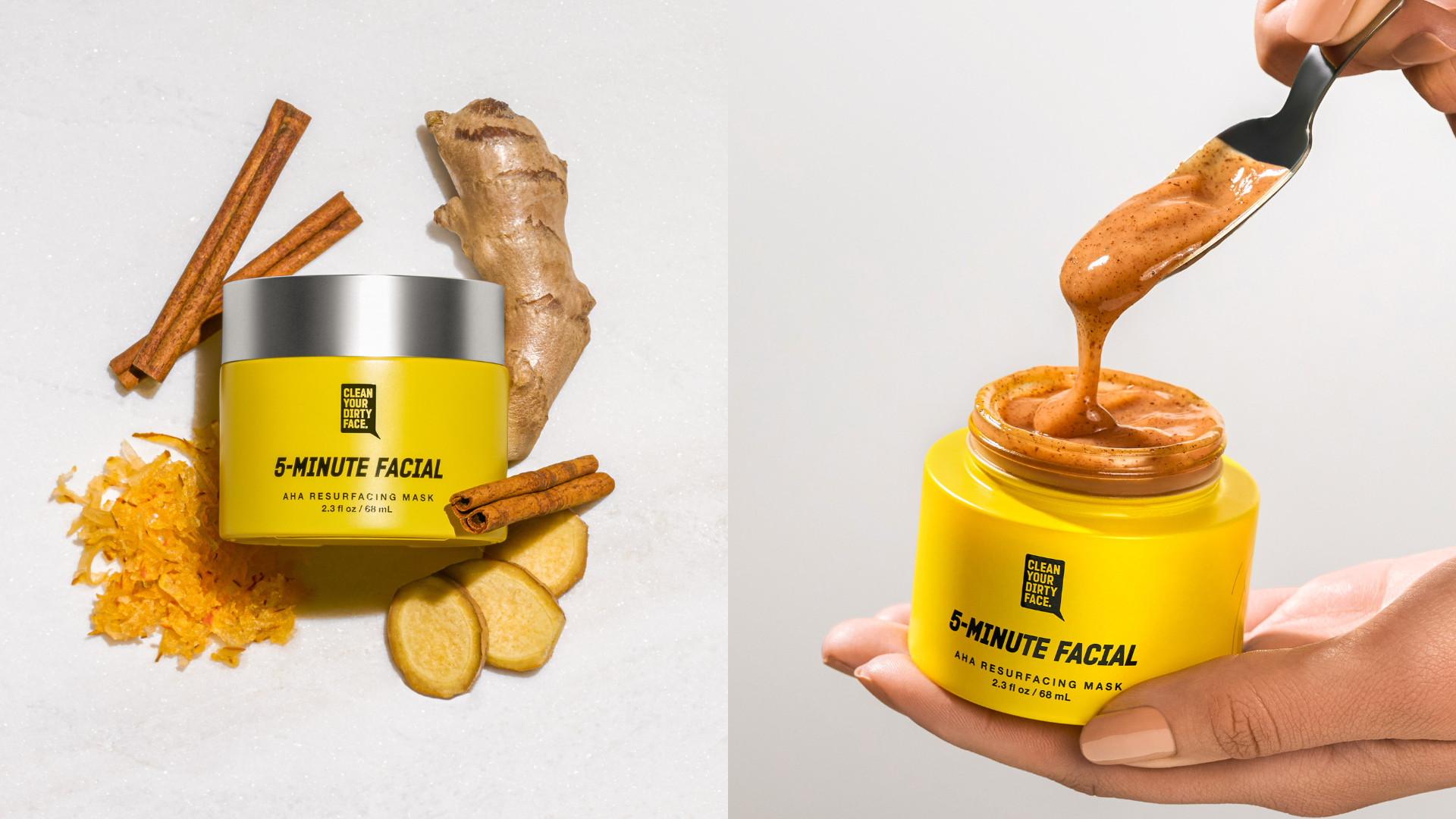Adaptability in Product Photography: How Skincare, Cosmetic & Wellness Brands Can Optimize Images for Every Platform
As a brand owner in the beauty and wellness industry, you know that a single product photo can make or break a sale. But here’s the catch: that same photo might need to perform on Instagram, your e-commerce site, Amazon listings, and even in print, all with different format requirements.
One size doesn’t fit all, and getting it wrong can mean blurry images, awkward cropping, or visuals that fail to make an impact. With years of experience working with skincare, cosmetics, hygiene, and wellness brands, I’ve seen how transforming your approach to product photography can elevate your brand’s presence across all platforms.
In this guide, I’ll share the exact strategies that will help you optimize your product images for every channel. Let’s dive in and make sure your photos do justice to the quality of your products, every time, on every platform!
Why Brand Owners Must Optimize Photos
As we touched on earlier, product photos are essential for capturing customer attention. Consumers today have a short attention span. They are scrolling quickly, clicking even faster, and making snap judgments based on what they see.
On social media, your images need to capture attention instantly. Whether it’s a quick scroll through Instagram feeds or a fleeting moment in Stories, your visuals must stand out. They need to fit seamlessly into these formats, grabbing your audience’s attention in just a few seconds.
Your website, on the other hand, demands crisp and detailed shots that let potential buyers see every ingredient, texture, and feature up close. Clear and compelling images here help build trust, answer questions, and guide consumers toward making a purchase.
Print materials, from brochures to banners, require ultra-high-resolution files that maintain their sharpness even at larger sizes. A blurry image on a print ad can quickly turn customers away and damage your brand's professional reputation.
If your images aren’t optimized for each platform, you’re not only missing out on potential sales but also risking a disconnect between your brand’s visuals across channels. Inconsistent or low-quality images can harm your brand’s credibility and fail to convert your audience. Simply put, adaptability in product photography is essential to maximize your brand’s impact and revenue.
Common Platforms and Their Photo Requirements
Here’s a quick breakdown of popular platforms and what they expect from your product photography:
1. Instagram & TikTok
Best for: Lifestyle product photography, ingredient features, behind-the-scenes.
Aspect Ratio: 1:1 (square) or 4:5 (portrait) for posts, 9:16 for Stories/Reels.
Resolution: 1080 x 1080 px (square), 1080 x 1350 px (portrait), 1080 x 1920 px (vertical).
Tip for skincare & cosmetic brands:
Use lifestyle shots that show your products in action. Think creamy texture swatches or model application. Keep your visuals bright, on-brand, and engaging to capture attention in a crowded feed. TikTok and Instagram love authenticity, so showing real moments can help you connect with your audience and build trust.
2. Websites & E-Commerce Platforms
Best for: Clean product-focused shots with consistent backgrounds.
Aspect Ratio: Often square (1:1) or 4:5, but check your site’s theme for specific requirements.
Resolution: At least 2000 px on the longest side for zoom functionality.
Tip for wellness brands:
Create a thorough product photography checklist to ensure each image meets e-commerce standards. Use clean white backgrounds for product pages to keep the focus on your items, while lifestyle shots work best for banners to show your products in action.
Detailed close-ups are essential for highlighting ingredients or product textures helping customers better understand what they’re purchasing. High-quality images are key to making your online store look professional and trustworthy. These ultimately improve the shopping experience and drive sales.
3. Amazon, Etsy, & Online Marketplaces
Best for: Studio shots with white backgrounds.
Requirements:
Amazon: Minimum 1000 px on the longest side for zoom functionality.
White background (#FFFFFF) for a clean and consistent look.
Product must fill 85% of the frame to ensure visibility and focus.
Tip for hygiene brands:
It’s crucial to follow each platform’s specific guidelines to avoid rejected listings. On Amazon, for example, the product should fill 85% of the frame with a clean white background. Ensure that your photos are well-lit, sharp, and show your product clearly to meet marketplace requirements and customer expectations. Non-compliance with these guidelines can result in your listing being removed, so always double-check the image specifications before uploading.
4. Print Marketing
Best for: Brochures, postcards, product packaging.
Resolution: 300 DPI (dots per inch) or higher for crisp and clear images in print.
Tip for cosmetic brands:
Always shoot at the highest resolution possible so your images can be easily repurposed for print without needing to reshoot. High-resolution photos ensure that your product visuals maintain sharpness and clarity when scaled up for print materials like brochures, postcards, or product packaging.
To achieve this, make sure you’re using a reliable camera that captures every detail. Consider investing in the best camera for product photography to ensure your images are print-ready. This level of detail enhances the overall quality and professionalism of your marketing materials, ensuring that your brand is presented in the best light possible in both digital and physical formats.
How to Maintain Brand Consistency Across All Platforms
Adapting your images for different platforms is about optimizing each shot while preserving your unique look and feel. Here’s how you can maintain consistency while tailoring your images for various uses:
1. Start with a Master File:
Always begin with a master image file at the highest resolution. This gives you flexibility when resizing for different platforms without compromising quality. Export images to specific sizes as needed to ensure they meet platform requirements.
2. Use Consistent Lighting and Editing:
Lighting and editing play a major role in setting the tone for your brand. Whether your images are displayed on Instagram or a billboard, keeping the lighting consistent will create a cohesive look. Stick to a particular color palette, editing style, and tone that reflects your brand identity, so your photos remain instantly recognizable across all platforms.
3. Plan for Multiple Crops:
During the photoshoot, plan for various crop types and angles. This ensures you don’t lose important elements when resizing for different formats, whether it’s a square for Instagram, a vertical shot for Stories, or a wide image for your website. Planning ahead helps avoid the stress of re-shooting later on.
4. Follow a Solid Product Photography Checklist:
To make sure every shot is on-brand and optimized for multiple platforms, use a product photography checklist. Capture all angles, features, and formats you’ll need in one session. This way, you’ll have a library of images ready to be resized and adapted for your website, social media, and print materials without any extra hassle.
Example: A Lash Brand’s Multi-Platform Strategy
Dodak Lash, a new brand entering the e-commerce space, sought to make a bold statement with their product launch. They partnered with Mainstream Multi-Media to create visuals that matched their luxe black-and-red packaging and rose-scented lash cleanser. The goal was to produce imagery that felt elevated, intentional, and sales-ready across various platforms.
Instagram & TikTok:
A 4:5 lifestyle shot featuring the lash cleanser surrounded by red rose petals and satin fabric. The composition emphasized the product's luxury appeal and romantic scent profile. Sculptural lighting and shadowplay added dimension, making the image stand out in social feeds.
Website:
A clean white-background image highlighting the sleek packaging and key ingredients. The focus was on clarity and professionalism, ensuring the product's details were easily visible for e-commerce listings.
Email Marketing & Social Ads:
High-resolution close-ups of the product dropper with water droplets, showcasing the serum's texture. These images were designed to evoke a sense of luxury and hydration, aligning with the brand's messaging.
The Bottom Line
High-end product photography is an investment, but adaptability makes it a profitable one. By optimizing your images for each platform’s size, aspect ratio, and resolution, skincare, cosmetic, hygiene, and wellness brands can maximize reach, maintain professional quality, and create a consistent brand experience everywhere their audience interacts.
If you want your images to truly work across social, web, and print, consider working with professionals who understand the nuances of each platform. If you ever feel stuck or overwhelmed with optimizing your product photos, you can start with our professional product photography services. We love working with beauty and skincare brands!
